The new year is upon us! A time of renewal, change, and hope. I wish all of you the best for 2016 and beyond.
To celebrate the beginning of a new year, I pulled out one of my favourite kimono to coordinate. I bought this one the last time I visited Vintage Kimono in Boulder, Colorado. At first glance it looks like a relatively minimalist kurotomesode, with a sparse design of chidori and matsu (plover and pine). However, it’s also got a smattering of chidori on one sleeve. This was a brief trend for kurodomesode, which traditionally only have patterns on the hem. As western-style seating spread through Japan, kimono designers realised that a lot of the artwork and craftsmanship of these most formal kimono were getting lost, as women sat up with their feet tucked away. They started putting a small design somewhere that would be visible in theatre-style seating, usually on one shoulder or sleeve.
The trend has since fallen out of favour and kurotomesode have gone back to their hem-only design placement, but you can still occasionally find little oddities like this one. I’ve been told that at this point I can choose to wear it as a kurotomesode, or a very formal houmongi. Which is probably a good thing, seeing as how I’m 34 and still single.
I paired the kimono with a fairly typical white-and-gold obi with auspicious designs, tied in standard niijudaiko musubi, to hopefully double my good fortune for the coming year. However, I’d forgotten what a complete and utter beast this thing is to tie. It’s very long, even by modern fukuro standards, as well as being very slippery and floppy. It has a core, but it’s a very soft one. So unless I go in forearmed with a handful of extra himo and clips, it always slides around and loosens while tying it. Thankfully I had not only a bunch of tools but also a very helpful and cooperative father to hold bits and pieces while I tied other bits and pieces.
[AFG_gallery id=’46’]
I’ve decided that this year, I am not going to make resolutions. They never work for me. I am, however, going to set goals. If I attain them, fantastic! If I don’t quite succeed, at least I tried and progressed. There’s no point in making myself feel bad for not achieving relatively arbitrary marker points.
Kimono-related goals I would like to set for 2016:
- Lose enough weight to comfortably wear kimono again.
- Consistently and regularly work through the backlog of book and tea reviews I’ve got half-done.
- Coordinate more outfits on Tsukiko.
- Write more. Blog entries, fiction, personal journal entries. Doesn’t matter what, so long as it’s words.
Do you have any kimono-related goals or resolutions? I’d love to hear about them! Please share them in the comments.

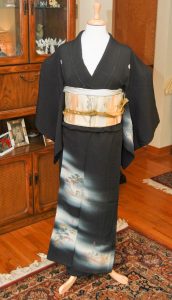
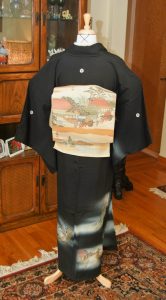

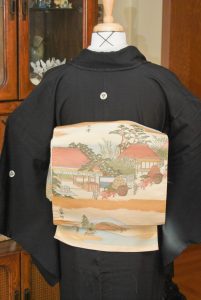
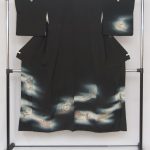
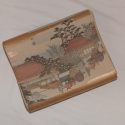
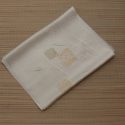
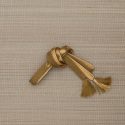


























 Bebe Taian
Bebe Taian CHOKO Blog
CHOKO Blog Gion Kobu
Gion Kobu